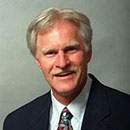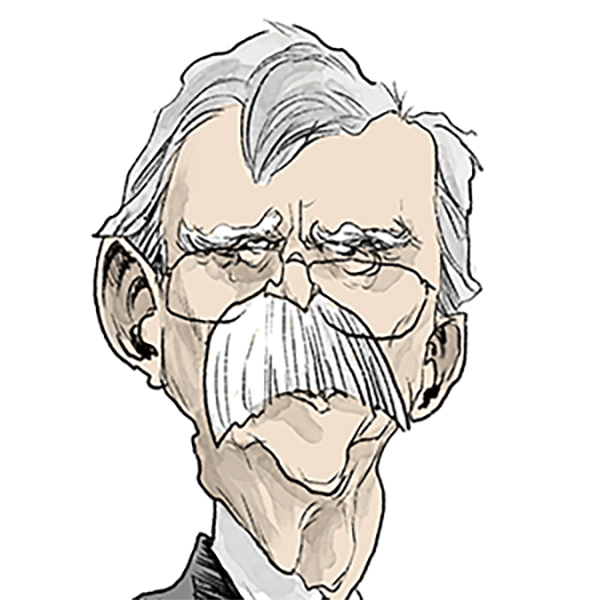Americans die earlier at all wealth levels, even if wealth buys more years of life in the US than in Europe
Published in Senior Living
Americans at all wealth levels are more likely to die sooner than their European counterparts, with even the richest U.S. citizens living shorter lives than northern and western Europeans. That is the key finding of our new study, published in the New England Journal of Medicine.
We also found that while the wealthiest Americans live longer than the poorest, the wealth-mortality gap in the U.S. is far more pronounced than in Europe.
We are a team of health policy researchers who study health systems and how their performance compares across countries.
We analyzed survey data from 73,838 adults ages 50 to 85 across the United States and 16 European countries over a 12-year period and compared how long people across the wealth spectrum lived during the course of our study. The 16 European countries are grouped into European regions: northern and western, southern and eastern Europe.
Our research revealed that people in the wealthiest 25% of the study population across the U.S. and Europe were 40% less likely to die during the study period than the poorest quarter of people. The wealthiest 25% of people in northern and western Europe had mortality rates that were about 35% lower than participants in the wealthiest quartile in the U.S. For those from southern Europe, during the study period this value ranged from 24% to 33%. For those from eastern Europe, the value ranged from 1% to 7%. The poorest individuals in the U.S. appear to have the worst survival, including when compared with the poorest quarter of people in each European region.
Wealth inequality has been rising for decades, but more so in the U.S. than in Europe due to a widening gap between the wealth of the richest and the poorest. At the same time, despite spending significantly more on health care than other wealthy nations, overall, the U.S. consistently demonstrates worse health outcomes, such as higher infant mortality rates and avoidable mortality.
Our study also reveals a wider wealth-mortality gap in the U.S. when compared with Europe. In other words, personal wealth does buy more years of life in the U.S. than in Europe. These findings suggest that personal wealth alone is not enough to compensate for other factors that tend to affect how long people live, such as health behaviors like smoking or heavy drinking, education or social support.
At its core, our research suggests that health outcomes are shaped by much more than just health care systems. It is likely that economic and social policies − from education and employment to housing and food security − play a crucial role in determining how long people live, including across the wealth distribution.
European countries have found ways to reduce health disparities without dramatically increasing health spending. By distributing health-promoting resources more equally across wealth groups, these nations may have created environments where longevity is less dependent on individual wealth.
While our study shows clear longevity differences between Americans and Europeans across wealth levels, more work still needs to be done to determine which specific aspects of European social systems − whether health care delivery, education access, retirement security or tax policies − most effectively protect health regardless of personal wealth.
Pinpointing exactly how these factors interact with wealth to influence health outcomes would allow researchers to identify which European policies could be most successfully adapted to improve longevity for all Americans.
Looking ahead, we plan to identify which of those policy levers might be most effective in reducing mortality gaps.
The Research Brief is a short take on interesting academic work.
This article is republished from The Conversation, a nonprofit, independent news organization bringing you facts and trustworthy analysis to help you make sense of our complex world. It was written by: Sara Machado, Brown University and Irene N. Papanicolas, Brown University
Read more:
Annual numbers of excess deaths in the US relative to other developed countries are growing at an alarming rate
Poor neighborhoods, health care barriers are factors for heart disease risk in Black mothers
Doctor shortages have hobbled health care for decades − and the trend could be worsening
Irene N. Papanicolas receives funding from the National Institutes of Health, the Commonwealth Fund, the Health Foundation, the National Institute for Health Care Management and the World Health Organiation.
Sara Machado does not work for, consult, own shares in or receive funding from any company or organization that would benefit from this article, and has disclosed no relevant affiliations beyond their academic appointment.

























Comments